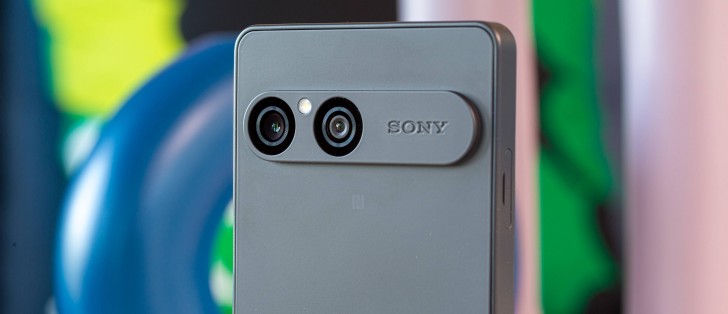The Xperia 10 VII continues in its family’s footsteps by offering a compact 6.1-inch display. The Xperia 10 line has traditionally done compact displays, but with an odd twist – a cinematic 21:9 aspect ratio. This results in a “skinny” and extra-tall display when using the phone regularly in portrait mode.
Although this is still somewhat true of the Xperia 10 VII, Sony has shifted away from its original cinematic aspect ratio, and the Xperia 10 VII now features a 19.5:9 aspect ratio. Honestly, here at the GSMArena office, we’re somewhat divided in our opinion on the change. Some believe that 21:9 was a crucial signature aspect of the Xperia 10 line and that it will be majorly missed. If not necessarily for movie watching at 6.1 inches, then for the added convenience of consuming modern online content in a scrolling fashion. Simply put, taller meant less scrolling.
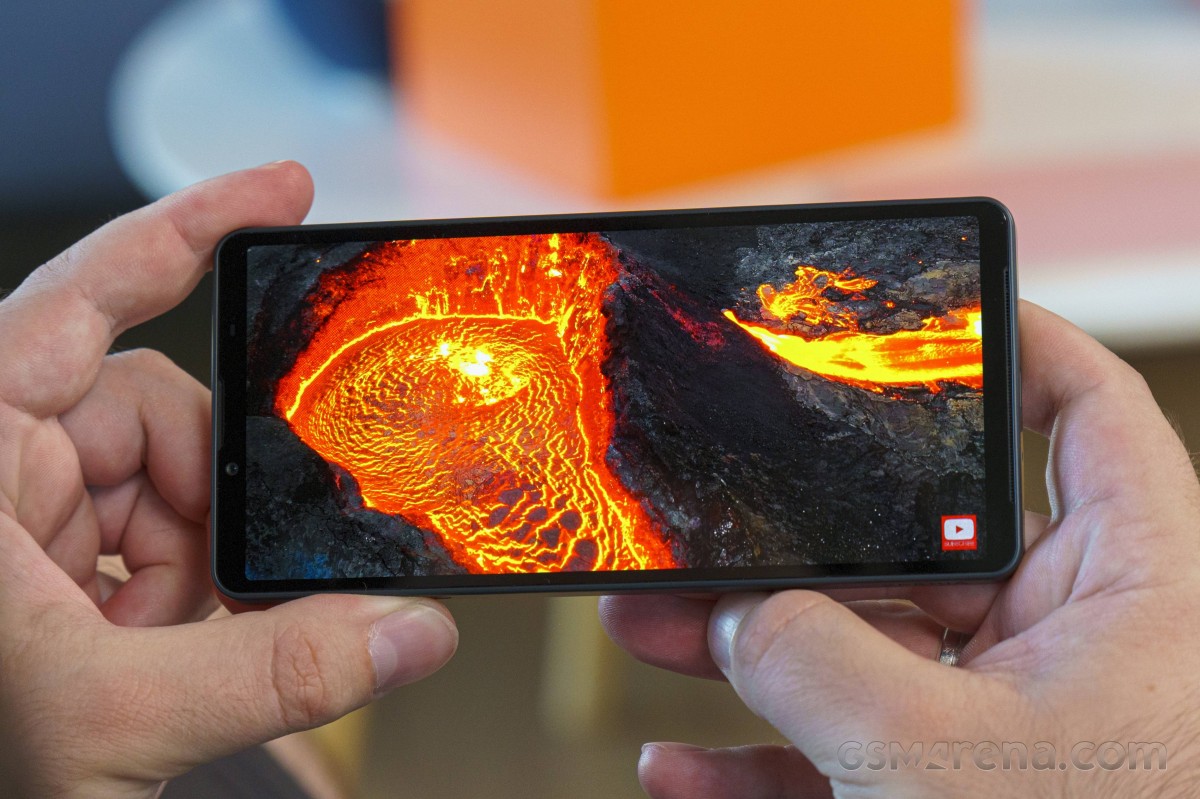
The rest of us, including this reviewer, think that 19.5:9 makes a lot more sense. Even when consuming actual media (not social network posts), it will likely be in 16:9 aspect, which will end up being larger in totality with the new aspect ratio than the old cinematic one. It’s definitely a valid question to have and one that ultimately every prospective buyer must decide on personally.
In terms of display performance, you still get FullHD+ resolution, which is pretty much expected. Sony also says the panel has its Triluminos display technology and 100% coverage of the DCI-P3 color space.
Brightness can probably be best described as decent. It’s kind of funny, year over year, Sony has seemingly boosted the brightness of its Xperia 10 models, but it’s always been by very small, incremental margins. This year we get the same. The Xperia 10 VII maxes out at around 676 nits by maxing out the slider and about 1,064 nits in auto mode in our standardized testing.
As we said, these figures are fine, but definitely nothing to get excited about. For most people, everything above 1,000 or 1,200 nits tends to be comfortable outdoors, and the Xperia 10 VII is roughly there. Its display surface is reasonably reflective, and in practice, we generally found it usable in the sun. Not great or pleasant, mind you, but usable.
Another change with the display is that the Xperia 10 VII finally offers high refresh rate – 120Hz to be exact. That is great news! Sony is a few years late to the show in this regard, but we’ll take it. However, we are much less happy with how the software team implemented the high refresh rate support.
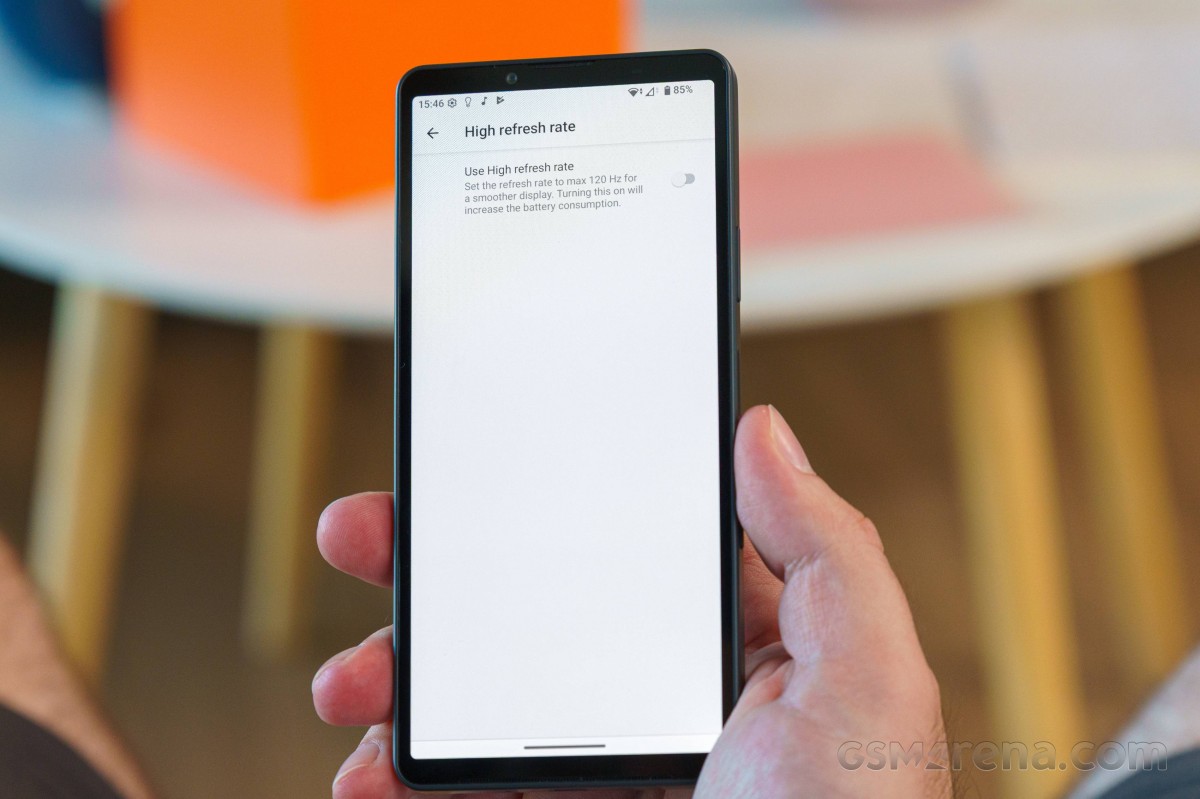
The Xperia 10 VII can operate only at two preset levels – 60Hz and 120Hz. Furthermore, the Xperia 10 VII does not exhibit a lot of automatic switching behavior in its UI and many apps preferring to stay at the max refresh rate for prolonged periods of time – even with static content shown on screen.
Apps like Chrome and YouTube do feature some automatic switching down to 60Hz to conserve energy. Just don’t expect to get automatic switching in most third-party apps.
Actually, get this: the phone automatically switches down to 60Hz, most frequently when it detects a game. This sounds like the opposite of what it should be doing. Buried deep in the Developer options menu is a toggle that turns off the 60Hz limit for games. Flipping it on allowed most of our test games to run at 120Hz. So, at least there’s that.
The HDR situation is a bit weird. Our review unit is reporting no HDR decoding support in software. Frankly, we aren’t even 100% sure that the panel itself supports HDR, but the previous generation Xperia 10 VI does, so one would assume it would be carried forward.
At least we are happy to report that there is the highest possible Google Widevine L1 DRM certification, allowing services like Netflix to offer up FullHD streams.
The Xperia 10 VII has a decent-sized 5,000 mAh battery pack. The phone offers decent battery endurance, but nothing to phone home about, if you allow us the pun. Most other phones in the segment tend to offer larger batteries and hence better battery endurance. Plus, even though the delta is small, the Xperia 10 VI did offer slightly better numbers in some tests, which is not ideal.
It is worth noting that if you turn off the 120Hz refresh mode, you can achieve around 10% longer browsing runtime in Chrome.
Sony hasn’t seemingly changed anything in the charging department for the Xperia 10 VII. There is still not a lot of formal info in the official specs other than the fact that the phone supports USB Power Delivery, which is great for ease of use and very much appreciated. However, as per our testing, the actual charging rate is not particularly impressive.
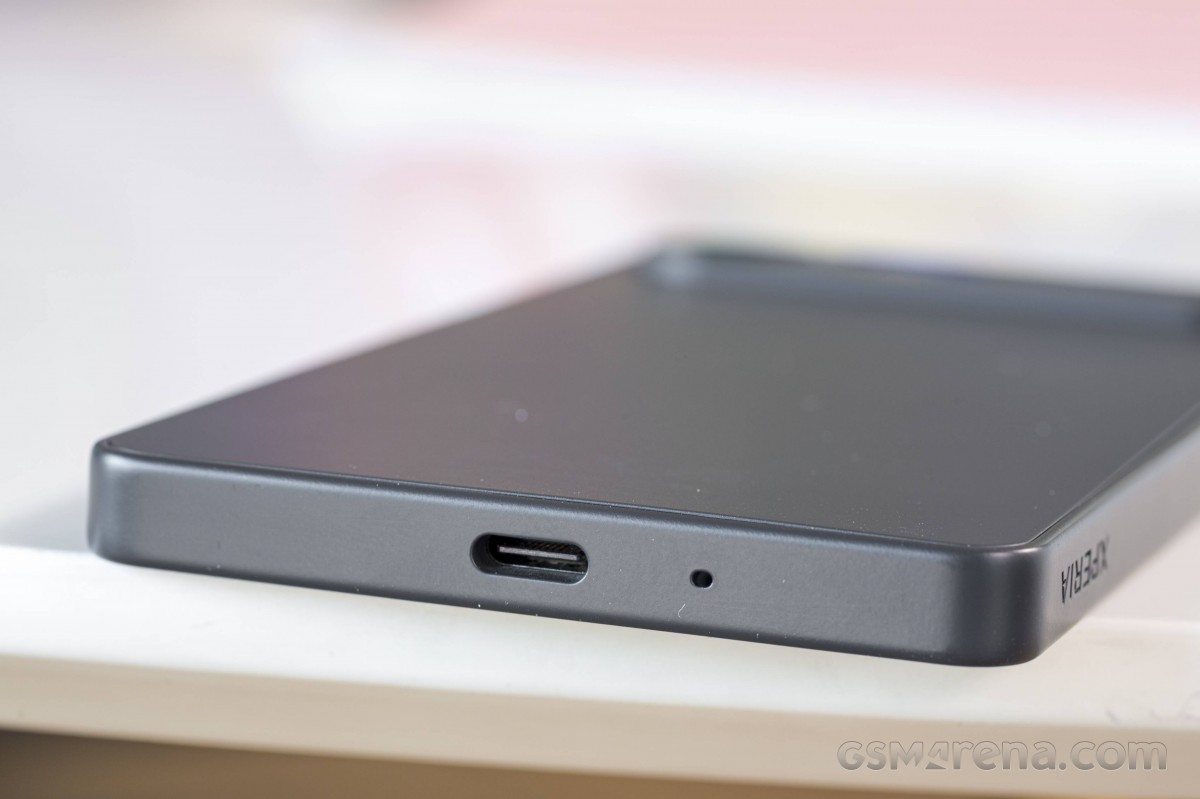
A 30W PD charger seems to be enough to saturate the charging needs of the Xperia 10 VII. Consequently, the actual charging speed is quite poor compared to other phones in the segment. You are looking at almost two hours for a full charge – far from ideal. At least the Xperia 10 VII seems to be doing marginally better in this department than its Xperia 10 VI predecessor.
Sony has included a pretty standard set of battery care features. You can limit charging to a certain percentage, or alternatively, leave the phone fully charged but only do so on a set schedule or even automatically, as the phone sees fit.
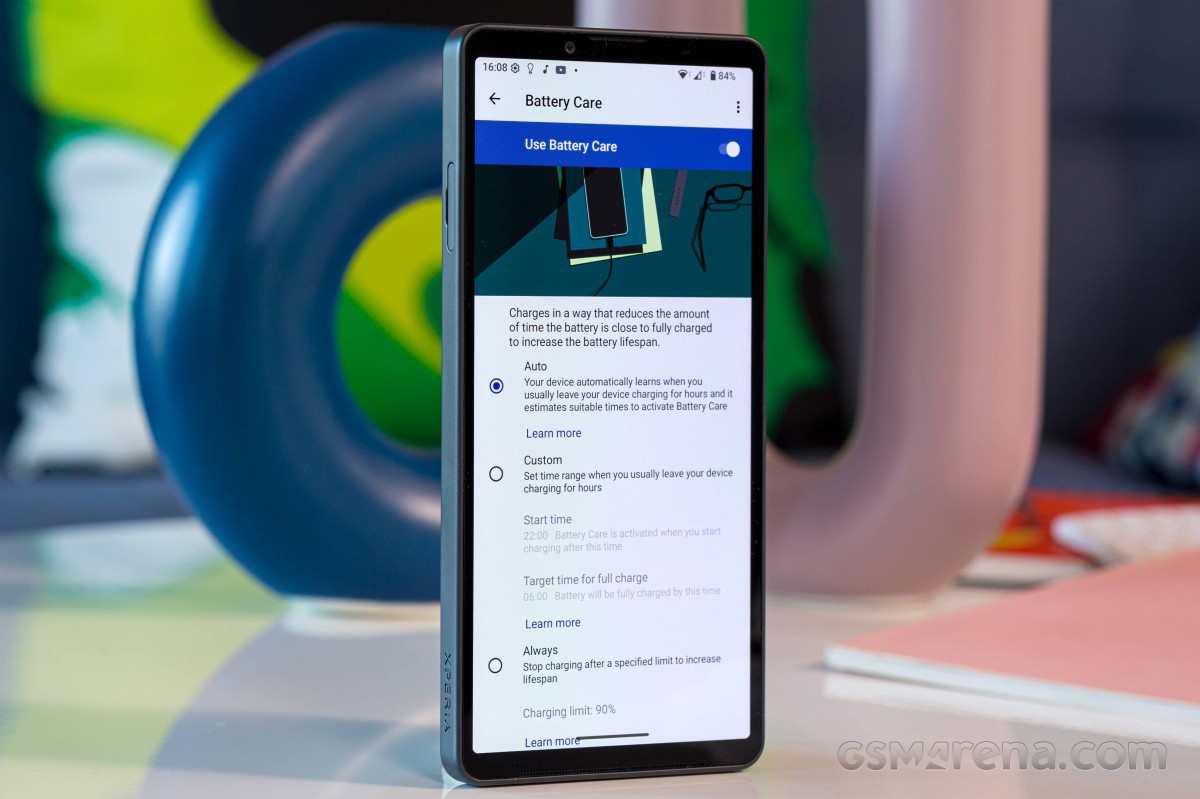
Speakers – loudness and quality
Sony introduced its front-facing stereo speaker setup to the Xperia 10 line with the Xperia 10 V and has kept it mostly intact through last year’s Xperia 10 VI and now the 10 VII as well.
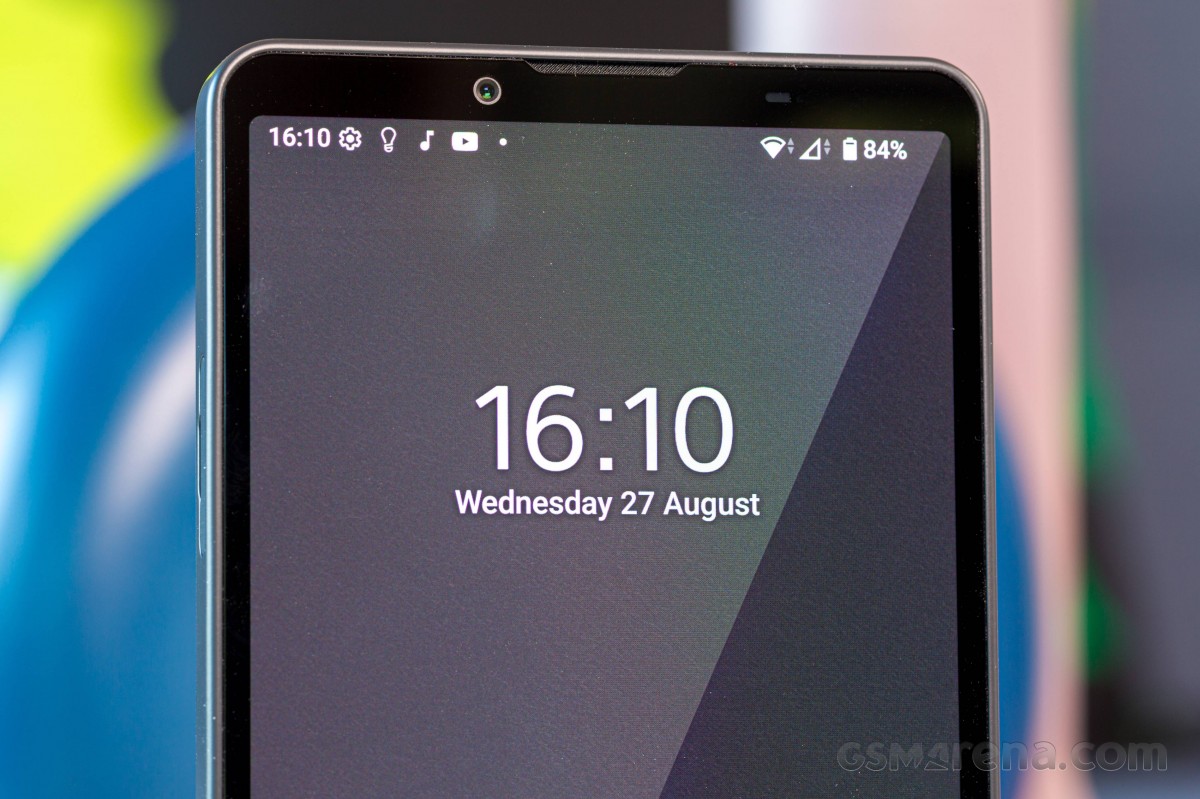
The two sound sources are surprisingly well-balanced, and the fact that they both face forward only adds to the immersive multimedia experience.
Last year, Sony tuned up the speakers a bit for louder and cleaner output and this year the Xperia 10 VII seems to have undergone even further tuning. It is slightly louder than its predecessor, and the quality is a bit better when looking at the mids.
That said, the Xperia 10 VII sounds very tinny and distorted at high volumes. Almost uncomfortably so.
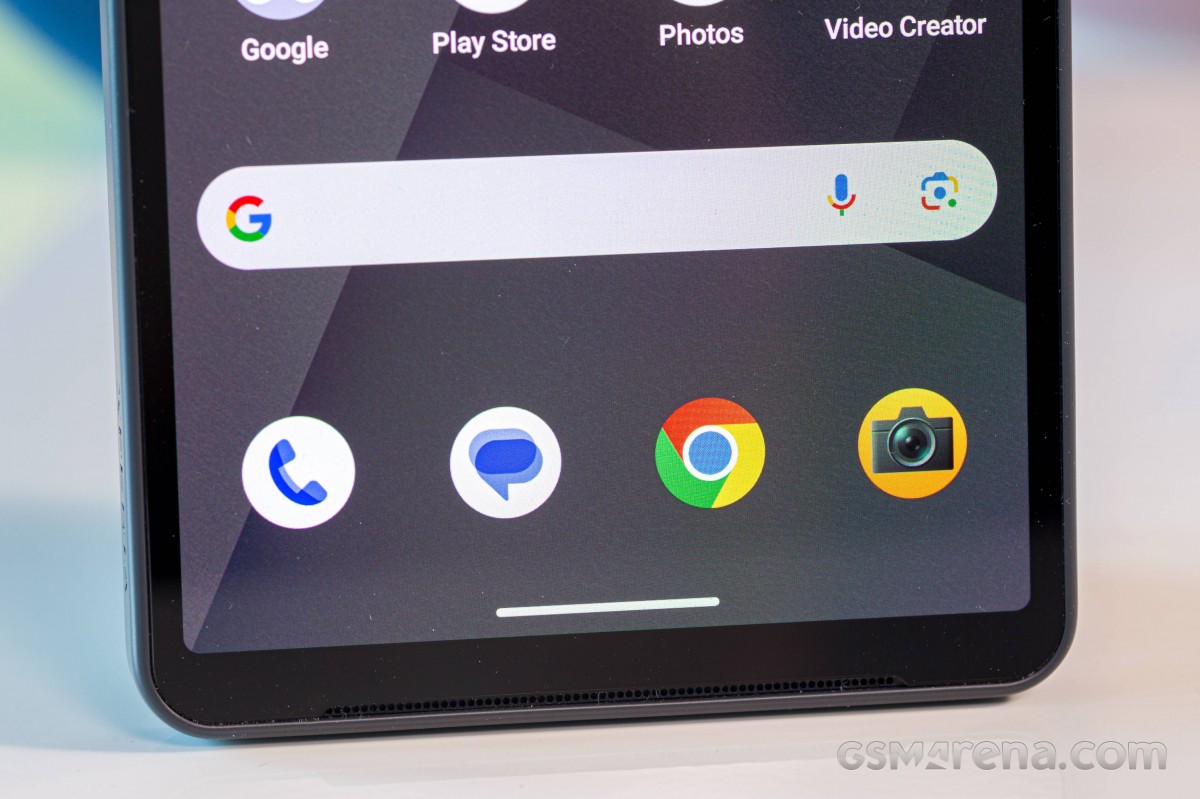
In keeping with its audio pedigree, Sony incorporates a range of audio optimizations and codecs into the mix. There is 360 Reality Audio, which unfortunately only works with a limited selection of subscription music services. There is even a complementary feature that claims it can upmix regular stereo audio into a 360-degree compatible one. Sony’s DSEE Ultimate general audio upscaler is also on board. There is also support for Qualcomm AptX Adaptive and both Hi-Resolution Audio and Hi-Resolution Audio wireless.
Of course, the Xperia 10 VII gets a 3.5mm audio jack, which we are sure will still be appreciated by many prospective buyers.
Use the Playback controls to listen to the phone sample recordings (best use headphones). We measure the average loudness of the speakers in LUFS. A lower absolute value means a louder sound. A look at the frequency response chart will tell you how far off the ideal “0db” flat line is the reproduction of the bass, treble, and mid frequencies. You can add more phones to compare how they differ. The scores and ratings are not comparable with our older loudspeaker test. Learn more about how we test here.
Connectivity
The Xperia 10 VII is a 5G device. It supports SA and NSA Sub-6 connectivity. Our review unit is a single-SIM model, but as far as we know, like previous generations, a dual Nano-SIM variant will exist for some markets. There is an expandable microSD storage slot on the SIM tray. It is not a dedicated slot on the Dual SIM model, but it is on our single SIM model. There is eSIM support on our unit.
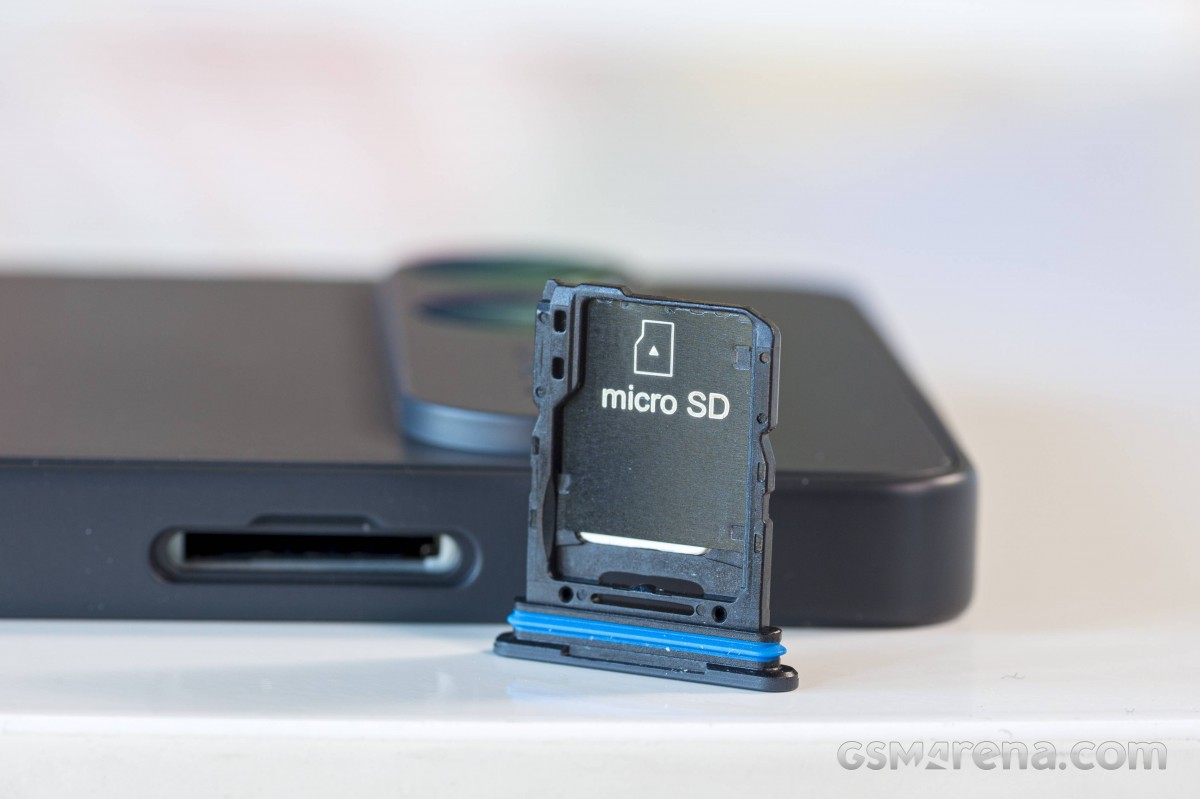
The Xperia 10 VI has GPS, GLONASS, GALILEO, BDS and QZSS support for location services. Local connectivity includes dual-band Wi-Fi 6 and Bluetooth 5.2 with LE, aptX HD, aptX Adaptive, Hi-Res Audio and LDAC support. There is NFC on board as well as a 3.5mm audio jack. No FM radio receiver, though.
The Type-C port is backed up by a USB 3.0 connection, as it was originally known, now also known as the USB 3.2 Gen 1. It offers SuperSpeed transfer speeds, which is a theoretical maximum of 5Gbps. While the data rate is good, don’t expect anything else fancy, like video output over USB Alt mode.
The Xperia 10 VII has a good set of onboard sensors. There is a BOSCH bmi26x accelerometer and gyroscope combo, an AKM ak0991x magnetometer and compass combo, and a SENSORTEK stk3a5x light and proximity combo. That’s a proper hardware proximity sensor and not a virtual one. There is no barometer.
